During Celeste’s pregnancy, an ultrasound showed that her baby had heart abnormalities. Once baby Jaylynn was born, further diagnostic evaluation confirmed she had tuberous sclerosis complex (TSC), a disorder that causes growths in multiple organs, including the heart, brain, kidneys and lungs. TSC is a genetic disorder, and patients with this condition are known to have a high seizure burden.
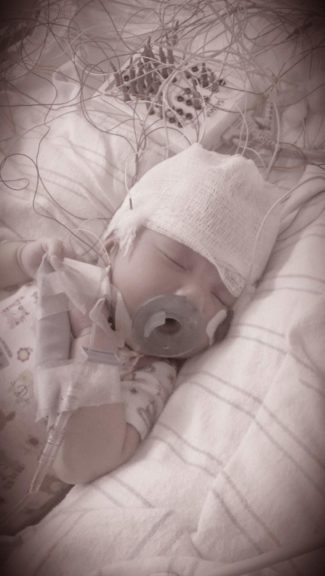
In the days after her birth, the right side of Jaylynn’s body seemed to twitch, and Celeste’s instincts told her Jaylynn was having seizures. Celeste mentioned this to her nurse at the hospital where Jaylynn was born, but her worries were dismissed. After being sent home, Celeste called CHOC and met with Dr. Lily Tran, a pediatric epileptologist at CHOC’s level 4 pediatric epilepsy center.
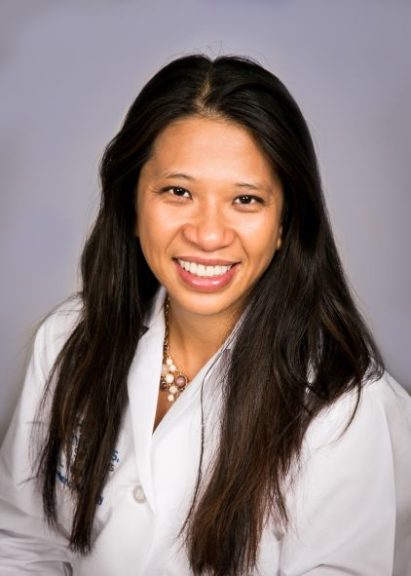
Over the next three years, Jaylynn tried several different treatment options, including medications, ketogenic diet and steroid treatment. Most treatments followed the same pattern: the seizures would stop for a few months, but then come back stronger than before. She regressed significantly in terms of development, no longer made eye contact, could not sit up even with support and was lethargic all day due to the high seizure burden. She started losing weight and had to have a G-tube placed for adequate nutrition. Her medication regimen was at high doses to control seizures, which led to side effects, such as vomiting and lethargy, which impacted her quality of life significantly. Her days consisted of seizures, vomiting and sleep. At that point, Celeste said her family was simply trying to survive.
“Jaylynn’s refractory case of epilepsy was quite complex because we couldn’t pinpoint where her seizures were coming from based on Phase I surface EEG monitoring,” says Dr. Tran. “We used several different imaging techniques to locate the focus of her seizures, including a virtual reality simulation program. Through these tests and Phase II invasive EEG monitoring, we found her seizures were coming from the left side of her brain, but on this one side, we then found the seizures were coming from three distinct areas. Her case was discussed extensively at our comprehensive epilepsy surgery conference, but there was no clear-cut answer and consensus on what to do next. Each approach had various pros and cons, and each option had questions and concerns. As a team, we constantly asked ourselves, ‘What’s best for Jaylynn?’ when considering these treatment options. Mom was updated at every step of the way so she could make the most informed decision for her daughter.”‘
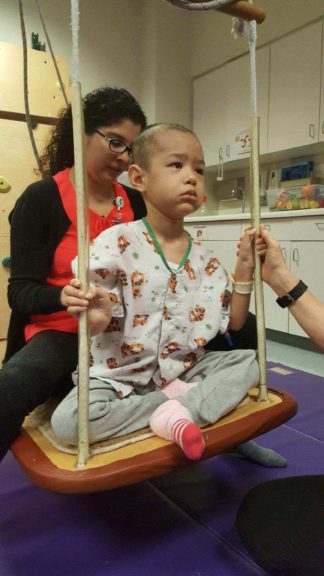
Because the seizure focus came from three different areas in the left hemisphere, it was not reasonable to resect these regions separately without significantly more post-operative side effects. Dr. Tran elected to proceed with a functional hemispherectomy to give Jaylynn the best outcome for seizure control and to turn her quality of life around. The procedure essentially “quieted down” the electrical activity in the left side of her brain.
“For Jaylynn, I used everything I learned in fellowship, consulted with other colleagues and leveraged the tools we have at CHOC — such as our ability to perform invasive surgery and our research capabilities — to determine the best course of treatment for this complex epilepsy case. When you have a multidisciplinary team like ours that includes a dedicated neurosurgeon, neuroradiologists, neuropsychologists, educated nurses, EEG technologists, epilepsy pharmacists, social workers and parent champions who work cohesively together, it helps make the patient’s journey a little bit easier.”
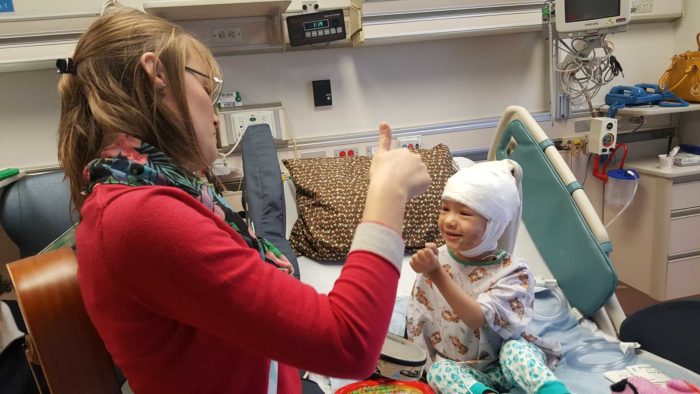
Today, Jaylynn is seizure-free and on fewer medications. She is now laughing and smiling, more interactive, enrolled in school and even got to visit Disney World.
“What makes CHOC different from similar centers, I think, is our focus on the patient journey and how we value the quality of life for each patient,” says Dr. Tran. “We treat every child and their family as a whole unit. When you come to CHOC, you’re not just our patient. You truly become part of our family.”
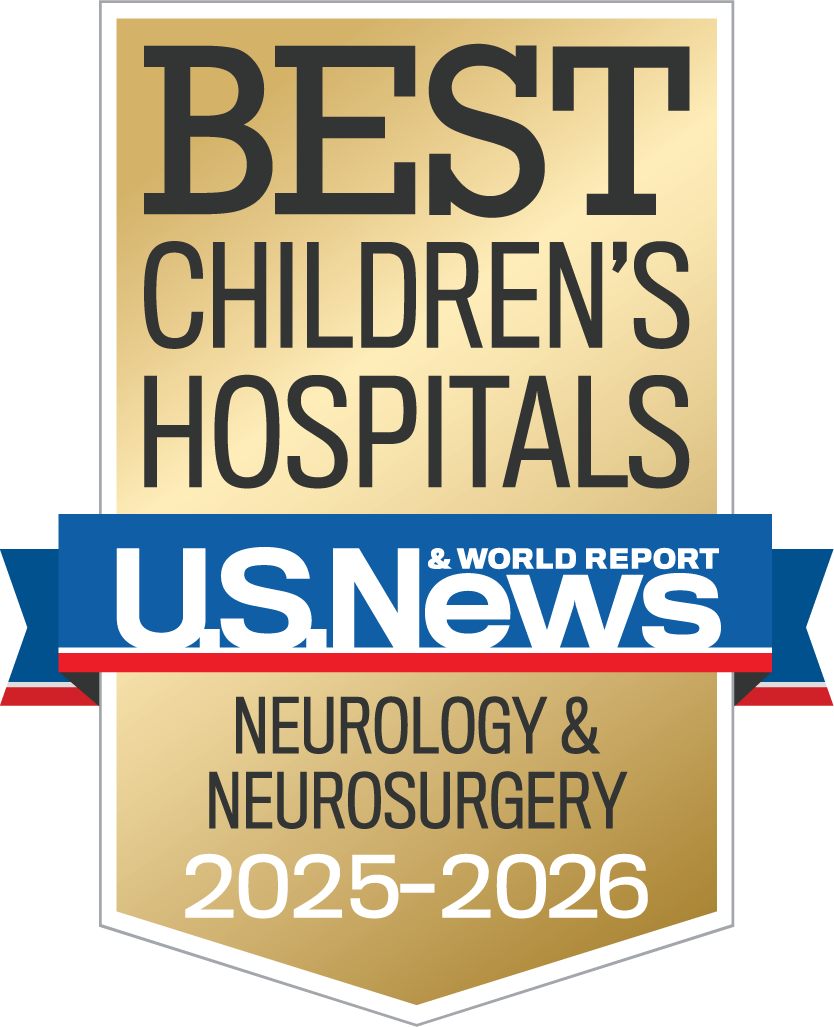
CHOC Hospital was named one of the nation’s best children’s hospitals by U.S. News & World Report in its 2025-26 Best Children’s Hospitals rankings and ranked in the neurology/neurosurgery specialty.




